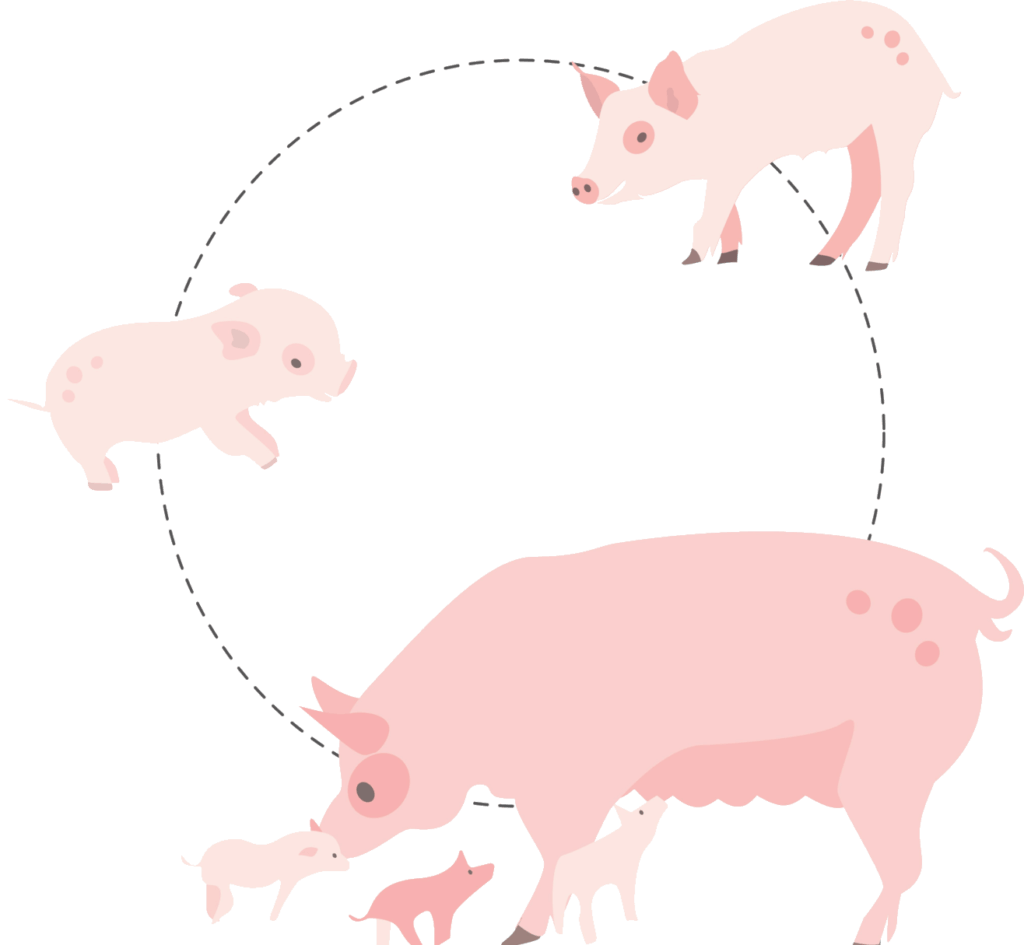supporting partners


REGISTRATION HAS BEEN NOW CLOSED
will be able to estimate how much suffering is associated with different welfare challenges and production systems and identify key research gaps in their subject areas.
will be able to quantify the welfare costs of different nutritional, genetic and management practices, and determine the cost-effectiveness of welfare improvements for the industry.
will be able to describe, estimate and compare the pain from different diseases and injuries with a friendly notation method and universal metric, hence treat pain more effectively.
and policy-makers can compare, quantitatively, the welfare impact of different campaigns, laws and standards and increase the effectiveness of efforts to reduce animal suffering.
can establish objective thresholds on how much loss of animal welfare is acceptable for animal-sourced products associated with different industry practices and production systems.
can estimate the animal welfare costs of different environmental policies, hence establish standards and legislation that do not unintentionally harm animals as a consequence.

Which is associated with more suffering: a pound of meat from intensively raised fast-growing broiler chickens or from farmed tilapia? The acute pain from a fracture or a prolonged state of hunger? And how much suffering can be averted with cage-free campaigns? Or by setting (genetic) limits to the growth rate of broiler chickens?
The measurement of animal welfare is notoriously complex, and constrained by the difficulties associated with assessing the subjective experiences of nonverbal subjects. Yet, to effectively improve the lives of animals, a clear understanding of the impact of different living conditions and risk factors on welfare is essential. In this workshop we teach participants how to answer these and similar questions using the Cumulative Pain Framework, a method increasingly used to inform decisions about animal welfare by researchers, advocates, funders, and analysts from different backgrounds.
The framework has been successfully applied to quantify the welfare of laying hens in indoor housing systems, the impact of the adoption of slower-growing breeds on the welfare of broiler chickens, and the welfare impacts of different methods for the commercial slaughter of poultry. Briefly, it quantifies the cumulative load of negative affective experiences endured over any period of time using a meaningful metric: time in pain (where pain is used as a shorthand for ‘any negative affective state’). To this end, it translates evidence on the duration and intensity of the pain associated with each of multiple welfare challenges typically experienced by a population into time spent in four categories of pain intensity (Annoying, Hurtful, Disabling, Excruciating), as grounded on neurological, physiological, behavioral and evolutionary evidence. The method is transparent, brings knowledge gaps into light and incorporates uncertainty about parameters into the estimates. Importantly, since it is based on a universal metric (time), it enables comparing and combining the impact of experiences of very different nature.
At the end of the workshop participants will be familiarized with the method and how to apply it to their own data, research field or questions of interest.

The workshop includes a step-by-step guidance to calculating the Cumulative time in pain associated with one or more welfare challenges and production contexts and hands-on experience assisted by the teaching team.
This edition of the workshop will be of four hours: from 12.00 PM to 04.00 PM (Western Indonesian Time, UTC+7)

SCIENTIFIC DIRECTOR

EXECUTIVE DIRECTOR


